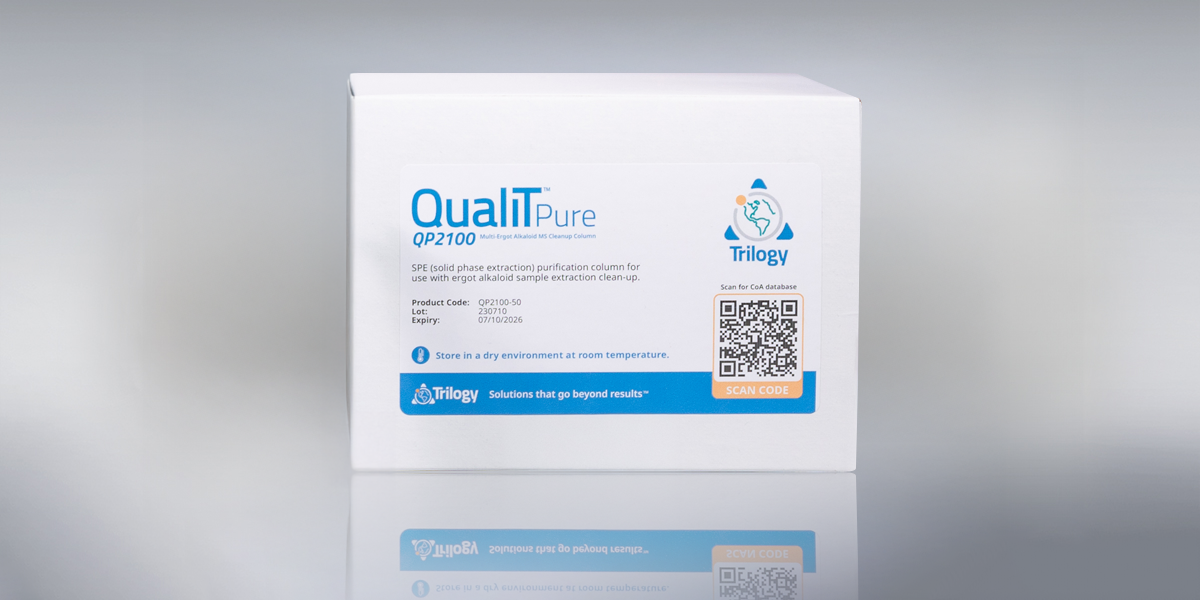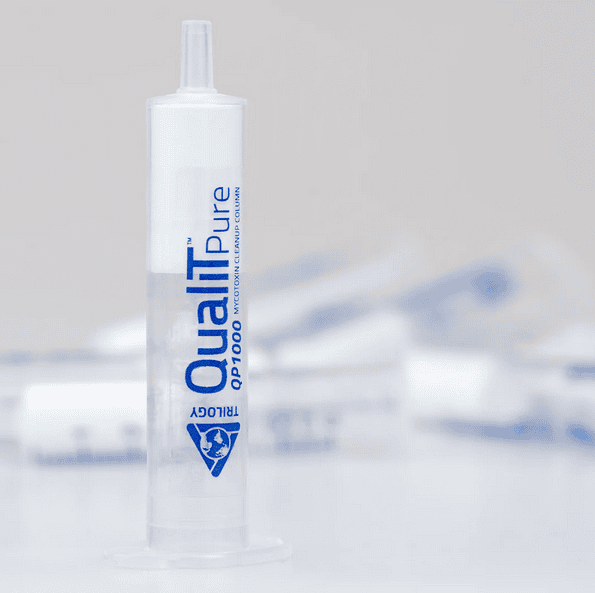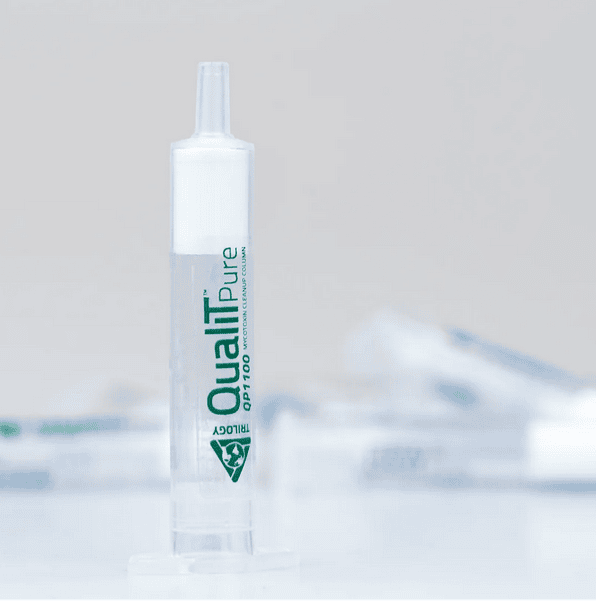
Recent news in Food & Feed Analysis
- Home
- /
- Understanding mycotoxins: their impact,...
Understanding mycotoxins: their impact, importance of testing, and regulatory landscape

In the realm of food and feed safety, mycotoxins represent a significant and ongoing challenge. These naturally occurring toxins, produced by certain moulds, commonly contaminate a variety of agricultural commodities. The most notorious mycotoxins include aflatoxins, ochratoxin A, fumonisins and zearalenone. These toxins can develop at various stages of crop growth, harvesting, and storage, often under conditions of high humidity and temperature. Commonly affected commodities include grains (such as corn, wheat, and barley), nuts, dried fruits, coffee, and animal feeds.
Mycotoxins: Health risks and economic impact
Mycotoxins pose severe risks to both human and animal health. Consumption of contaminated products can lead to acute toxicity, chronic health issues, and in some cases, even cancer. For instance, aflatoxins are highly carcinogenic and can lead to liver cancer. The economic impact is also significant as contaminated batches often need to be destroyed, leading to substantial financial losses for producers and suppliers. Additionally, mycotoxin contamination can damage a country’s reputation in international trade, affecting its market access and competitiveness.
Importance of Mycotoxin Testing in Food Safety
Regular testing for mycotoxins is crucial for several reasons. First and foremost, it protects consumers from the toxic effects of mycotoxins, ensuring that food and feed products meet safety standards. This is essential for maintaining health and safety. Additionally, adhering to local and international regulations requires rigorous testing to ensure that mycotoxin levels are within permissible limits. Compliance with these regulations is vital for both legal and safety reasons. Moreover, regular testing helps prevent large-scale economic losses due to contaminated products, thereby supporting the stability of the food and feed industries. Finally, ensuring compliance with the stringent standards of international markets is essential for maintaining market access, facilitating export, and sustaining trade.
Mycotoxin analysis – rapid and reliable
We offer test kits for all relevant mycotoxins from aflatoxin to zearalenone.
Regulatory Frameworks for Mycotoxins
The regulation of mycotoxin levels in food and feed is a complex and dynamic field, driven by scientific research, public health concerns, and international trade considerations. Various regulatory bodies have set maximum permissible limits for different mycotoxins in various commodities. Key regulatory frameworks include:
- European Union (EU): regulations, which are among the most stringent, with specific limits for aflatoxins, ochratoxin A, patulin, and other mycotoxins in food and feed products. These regulations are continuously updated based on new scientific evidence and risk assessments.
- U.S. Food and Drug Administration (FDA): The FDA has established action levels for mycotoxins such as aflatoxins in food and feed and provides guidance for industry on managing mycotoxin risks.
- Codex Alimentarius: This international food standards body established by the FAO and WHO, provides guidelines and codes of practice to help countries harmonise their mycotoxin regulations, facilitating international trade and ensuring consumer safety.
Evolving Mycotoxin Legislation: Key Influencing Factors
Several factors drive the establishment and evolution of mycotoxin regulations. Ongoing scientific research into the health impacts of mycotoxins and improved risk assessment techniques inform regulatory limits and safety guidelines. Public health concerns, such as outbreaks of mycotoxin-related illnesses and heightened awareness of food safety issues, prompt regulatory agencies to implement stricter controls. To facilitate global trade, countries align their mycotoxin regulations with international standards, ensuring that exported and imported products are safe and acceptable. Additionally, advances in detection and testing technologies enable more accurate monitoring of mycotoxin levels, supporting the enforcement of regulations and encouraging regulatory updates.
Conclusion: R-Biopharm Rhône’s Commitment to Mycotoxin Safety
The presence of mycotoxins in food and feed is a critical issue that necessitates stringent testing and regulation to protect public health and ensure the safety of commodities. R-Biopharm Rhône is committed to advancing the tools and technologies required for effective mycotoxin detection, helping producers comply with regulatory standards and safeguard consumers. By understanding the complex landscape of mycotoxin legislation and the factors that drive these regulations, we can better appreciate the importance of rigorous testing and the ongoing efforts to mitigate mycotoxin risks in the food supply chain.



